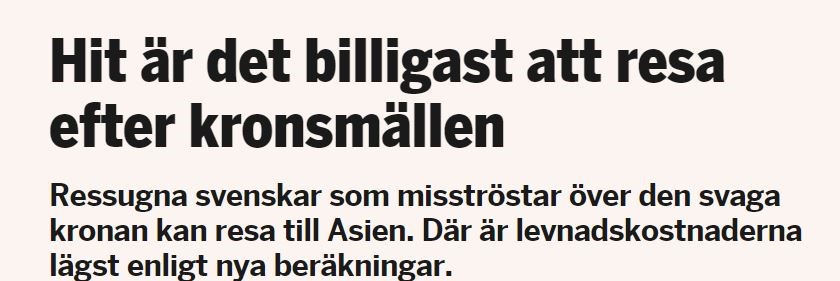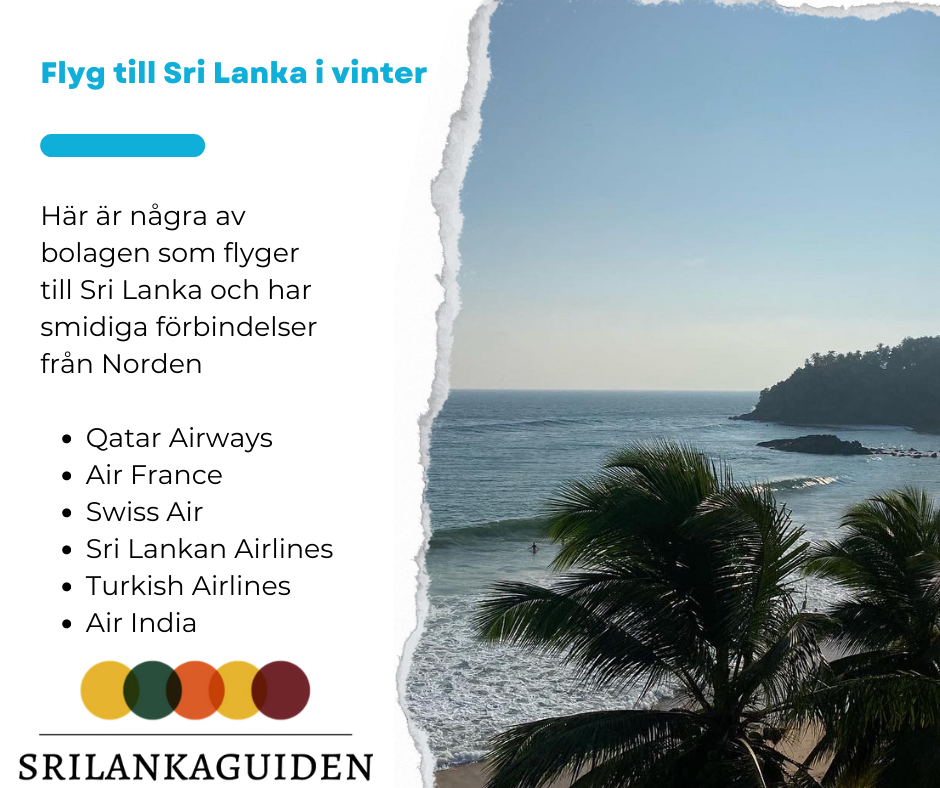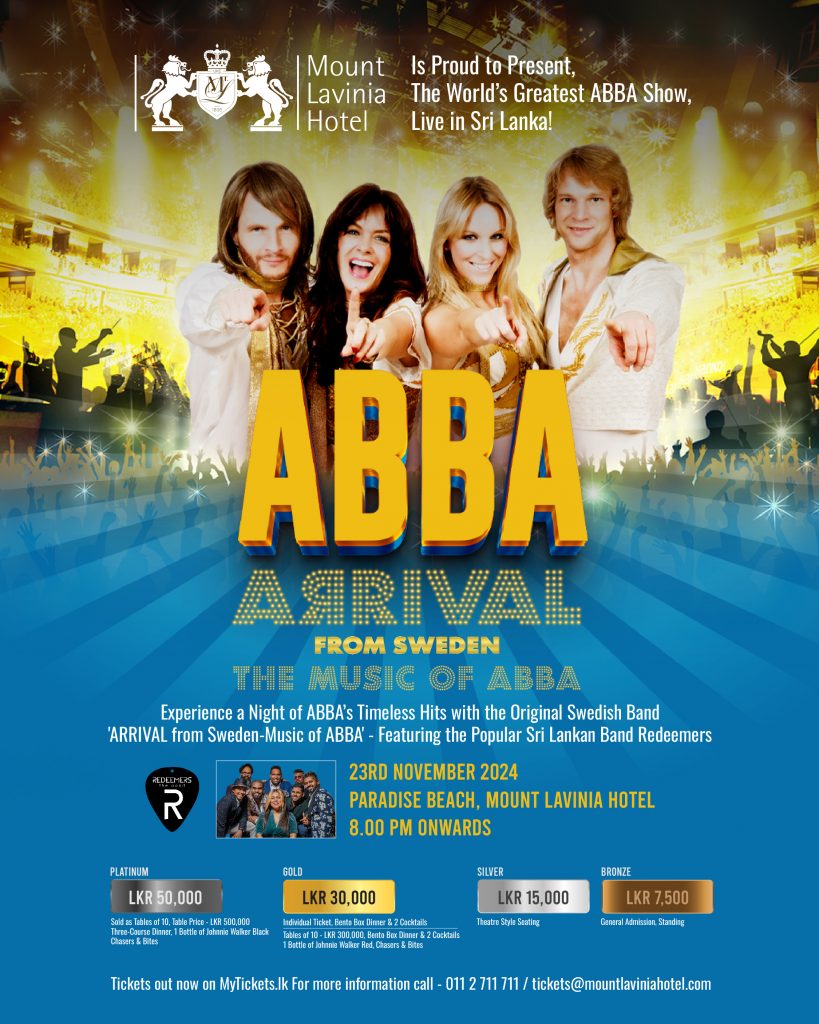
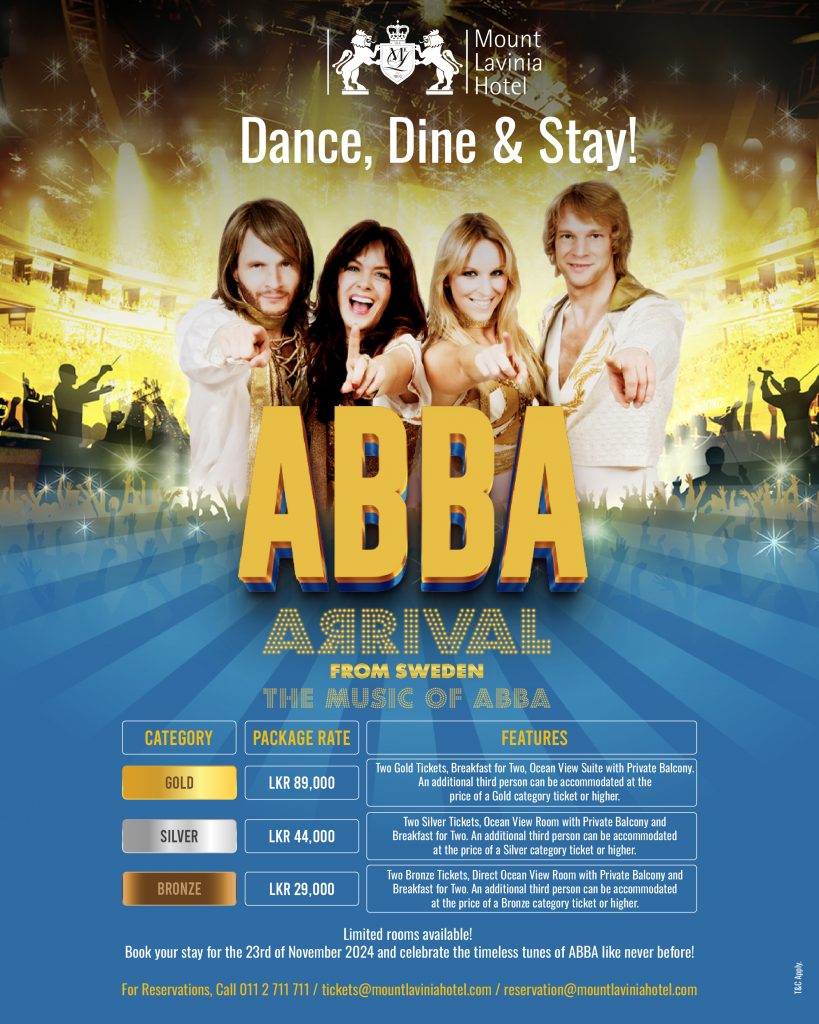
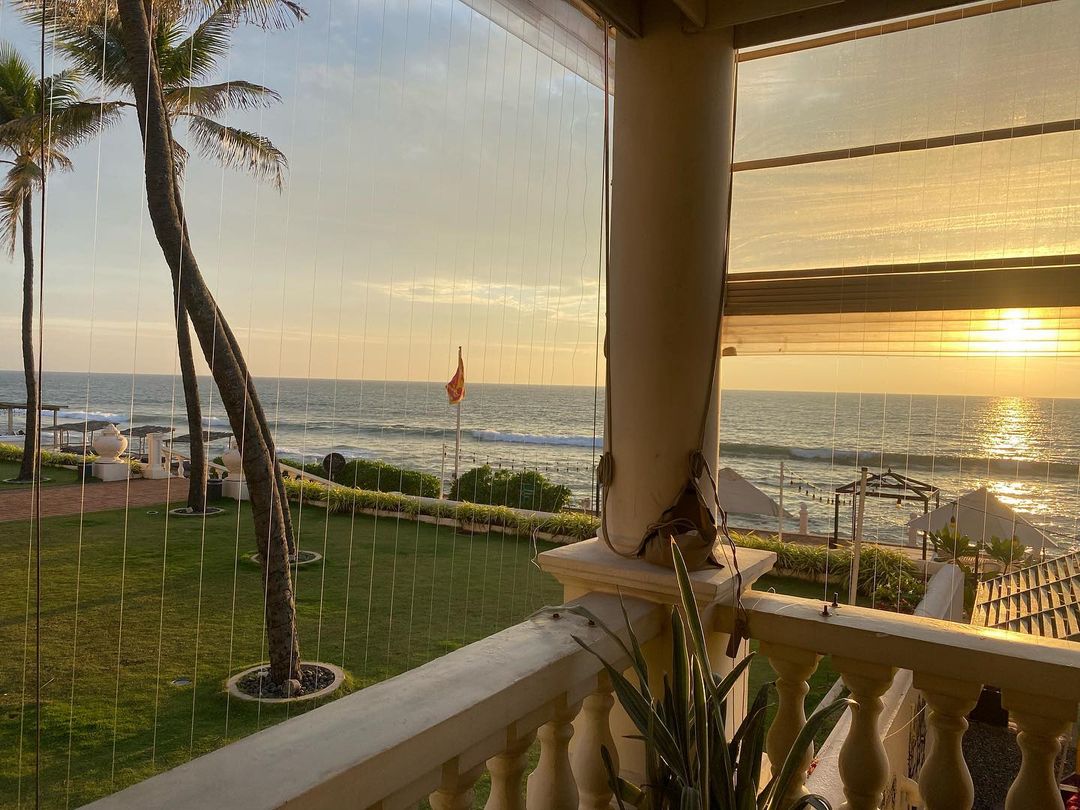
Blog Sweden Sri Lanka Business
Blog and info about business Sweden-Sri Lanka
Samudika Weliweryage is a PhD-student in tourism studies at Mid Sweden University since 2022. Her research field is consumer behaviour and pro-environmental behaviours in tourism. She has a bachelor’s degree in business management, from the University of Kelaniya, Sri Lanka and a master’s degree in Tourism and Destination Development from Dalarna University.

What are the key factors to develop sustainable travel practices further?
There are many ways. However, the most effective way to promote sustainable travel is by making it easier, more enjoyable, and cost-effective. In tourism, where pleasure is a priority, encouraging sustainable practices can be challenging without these factors. For example, Åre a popular mountain biking destination in Sweden, is accessible via sustainable transportation like trains. However, most visitors still rely on fossil fuel-based cars. Research shows that this is because sustainable travel options are often seen as inconvenient, expensive, and less enjoyable compared to their counterparts. Addressing these issues requires multi-stakeholder collaboration between the public and private sectors to make sustainable travel more appealing.
What key trends do we observe in the post-pandemic travel and tourism sector?
Among many trends a few that stand out include revenge travel, the rise of workations and digital nomadism, heightened interest in wellness tourism, transformative tourism and nature-based tourism in peripheral regions. One of the most immediate changes in tourist behaviours was revenge travel, which resulted in a sharp increase in tourists’ long-distance travel due to the pandemic fatigue. Another emerging travel trend is workations and digital nomadism. Remote working became normalized during the pandemic, vastly changing people’s perception of how and where we work and our work-life balance. As a result, many individuals are now realizing their dreams of visiting tourist destinations without compromising their professional lives.
As mentioned previously, the pandemic was a wake-up call for many individuals regarding their physical and mental well-being. This further accelerated the popularity of wellness and transformative tourism activities such as yoga and spa retreats, adventure tourism activities focused on improving physical activity, and nature-based tourism.
How can the Sri Lankan tourist industry attract Swedish tourists further?
First, work with market insights. Understand the market, especially the different tourist segments within the Swedish market, their demographics, their travel needs, preferences and travel planning behaviors. This calls for collaboration with different players such as Swedish tourism authorities, industry associations, travel and tour operators and so forth. Based on these insights, the Sri Lankan tourism offer and its value propositions must be further explored and aligned with the needs of the identified market segments. The next, crucial step is to maintain and execute a consistent and integrated destination marketing campaign to effectively reach the Swedish market.
Lena Skogström is one of the senior profiles in the Swedish travel industry. She is currently Vice President of the Pacific Asia Travel Association (PATA). Her relationship with Sri Lanka spans almost 50 years and she has been a representative for Jetwing Travels and Jetwing Hotels. Lena has also worked as a representative for Hong Kong, Singapore and Dubai for many years. For the last 30 years, she has been working voluntarily to promote Sri Lanka as a travel destination to Swedes.

How did your relationship with Sri Lanka begin?
I came to Sri Lanka in 1976 as a tour guide for Club 33, when I was 21. It was an instant love affair. It was a wonderful country that attracted many Swedes. Three planes a week flew from Sweden, and we were 22 tour guides on site taking care of the guests. We offered tours to national parks as well as historical and cultural sites. One week I guided in the northern parts of the island and the other week in the southern parts.
What are Sri Lanka’s main assets as a holiday destination?
I like to say that it is Asia in a nutshell. Nowhere else can you experience so much in one trip. 22 national parks is unbeatable. You can experience culture and history in a unique way. It’s a family and intergenerational destination, meaning it has something to offer different age groups. Sri Lanka therefore has the potential to attract a discerning Nordic traveller with a strong buying power.
How can Sri Lanka gain market share among Swedish travelers?
Awareness must increase. It is still too weak and the image of the destination is unclear. That’s why a focused approach is needed on Sweden and the rest of the Nordic region, which is Europe’s third largest travel market. Influencer partnerships are important, as are well-known ambassadors, but they must be sophisticated. Take inspiration from the work done with the TV program Sweden’s Master Chefs. After a program was filmed from Dubai, bookings there increased by 84%. The increase in visa and hotel prices in Sri Lanka in 2024 is a deterrent for Swedish travelers. Sri Lanka’s unilateral focus on certain geographical markets is also problematic. A 10-year plan is needed for a good geographical market mix.
Sri Lanka’s tourism sector, as with many other industries, hit rock bottom with the successive impacts of the Covid-19 pandemic and the economic crisis. Analogous to a half-cut tree trying to sprout leaves and grow, the tourism sector underwent a recovery phase last year.
At present, with comprehensive 360-degree promotional campaigns being implemented by the Sri Lanka Tourism Promotion Bureau (SLTPB) and a significant number of tourists arriving on the island, an opportunity has arisen for the nation in the field of medical tourism.
According to the Sri Lanka Tourism Development Authority (SLTDA), the percentage of tourists visiting Sri Lanka for health/ayurvedic treatment in relation to overall monthly arrivals over the past six months shows positive growth.
Johan Aschan, bördig från Göteborg, med mångårig erfarenhet från den internationella hotellvärlden har tillträtt befattning som General Manager för Cinnamon Bentota Beach.
Här hälsar Johan fler svenskar välkomna till CBB
Newsletter from our partner in Sri Lanka – European Chamber of Commerce in Sri Lanka.
In the newsletter you will find an article about our member Villa Vanna and the owner Lisa Enström.
‘Villa Vanna’ as much for a local market as for tourists
Ressugna svenskar som misströstar över den svaga kronan kan resa till Asien. Där är levnadskostnaderna lägst enligt nya beräkningar.
https://www.di.se/nyheter/hit-ar-det-billigast-att-resa-efter-kronsmallen/
